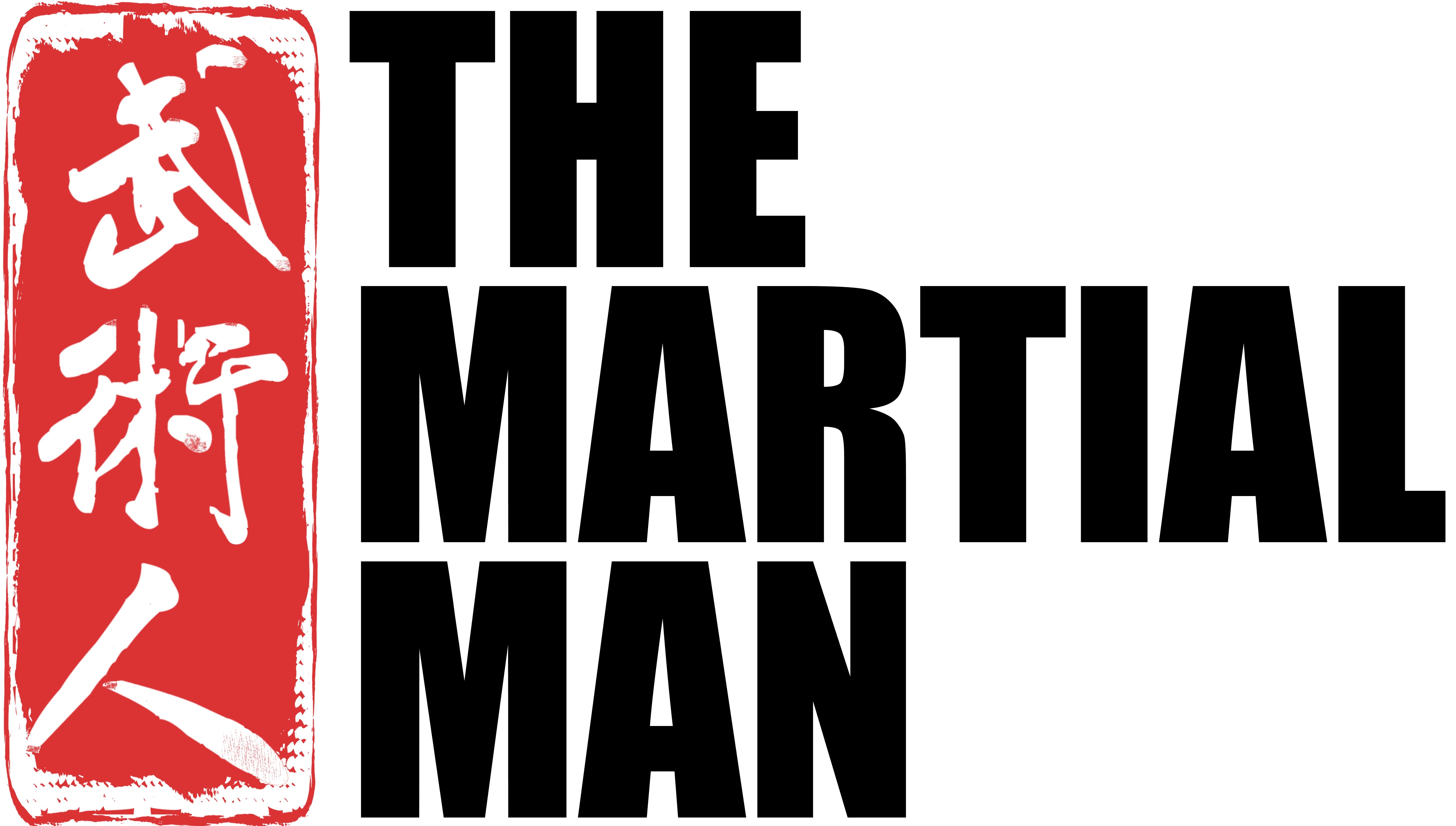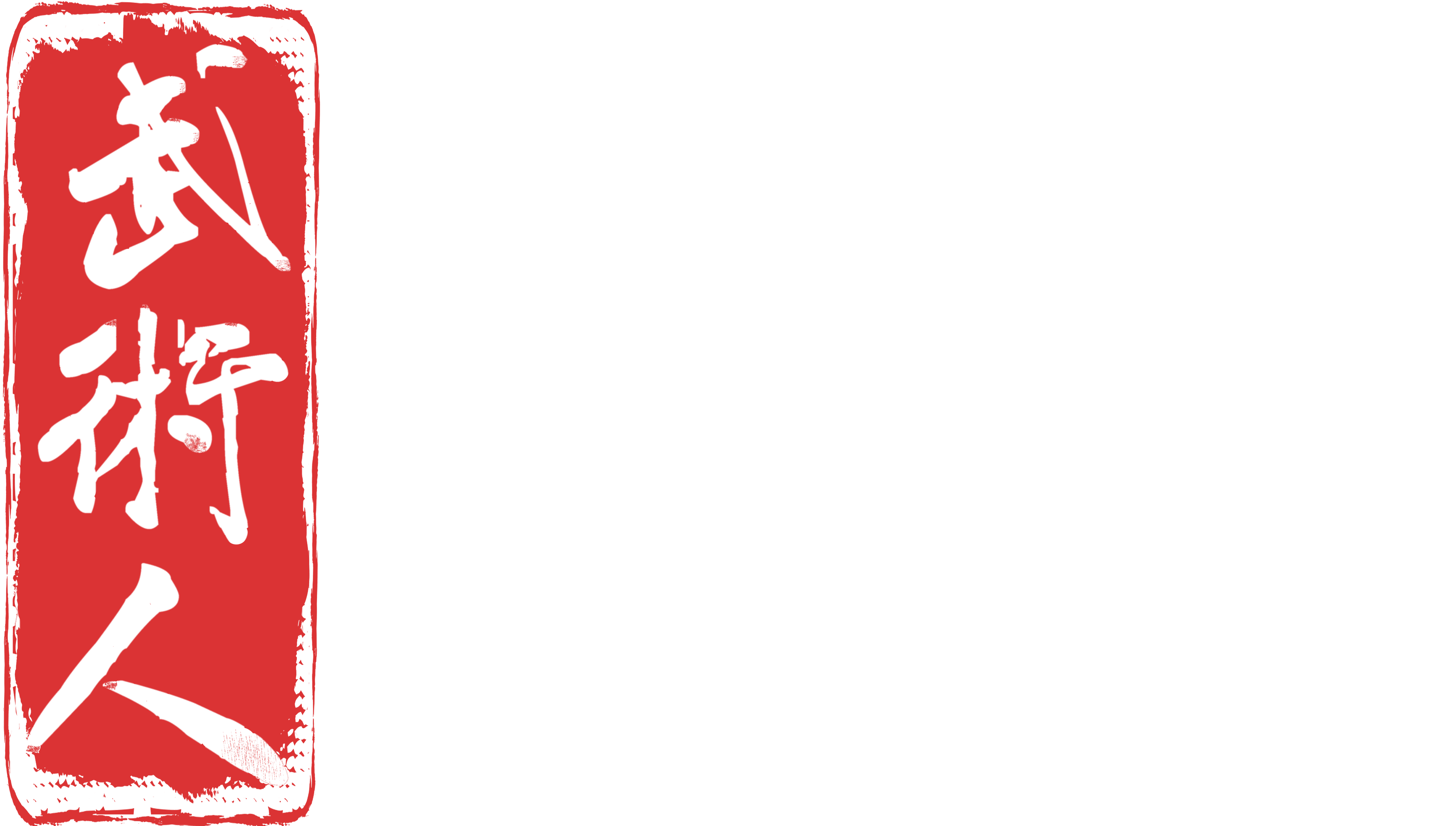Back to Course
Yan Shou Gong - The Art of Longevity (Sets 1-6)
0% Complete
0/0 Steps
-
SUPPORTING MATERIAL
1. The History of Yan Shou Gong -
2. The creators of Yan Shou Gong
-
3. The benefits of training Nei Gong
-
4. How to approach training Nei Gong
-
5. The Roadmap
-
6. The Roadmap - Part 2
-
BEGINNING YOUR NEI GONG JOURNEY1. Welcome to the YSG course
-
2. The profound depths of learning Nei Gong
-
3. The Martial and the Healing aspects of authentic Nei Gong
-
4. How to practice Nei Gong
-
'EVERYTHING COMES FROM EMPTINESS' - SET 11.1 An introduction to the first form
-
1.2 Explaining the first movement
-
1.3 Explaining the second movement
-
1.4 Explaining the third movement
-
1.5 Explaining the fourth movement
-
1.6 Explaining the last movement
-
1.7 The complete form - Follow along video
-
1.8 The pointers - Part 1
-
1.9 The pointers - Part 2
-
1.10 The pointers - Part 3
-
1.11 The pointers - Part 4
-
1.12 The pointers - Part 5
-
1.13 Summary
-
'LOOK LEFT, LOOK RIGHT' - SET 22.1 An introduction to the second form
-
2.2 Explaining the first and second movements
-
2.3 Explaining the third movement
-
2.4 Explaining the fourth movement
-
2.5 Explaining the fifth movement
-
2.6 Explaining the last movement
-
2.7 The complete form - Follow along video
-
2.8 The pointers - Part 1
-
2.9 The pointers - Part 2
-
2.10 The pointers - Part 3
-
2.11 The pointers - Part 4
-
2.12 The pointers - Part 5
-
2.13 The pointers - Part 6
-
'CASTING THE NET' - SET 33.1 An introduction to the third form
-
3.2 Explaining the first movement
-
3.3 Explaining the first movement (side view)
-
3.4 Explaining the second movement
-
3.5 Explaining the second movement (rear view)
-
3.6 Explaining the last movement
-
3.7 Footwork
-
3.8 The complete form - Follow along video
-
3.9 The complete form - Follow along video (side view)
-
'CALMING HEAVEN & EARTH' - SET 44.1 An introduction to the fourth form
-
4.2 Explaining the first movement
-
4.3 Explaining the second movement
-
4.4 Explaining the second movement (side view)
-
4.5 Explaining the third movement
-
4.6 The complete form - Follow along video
-
4.7 The complete form - Follow along video (side view)
-
4.8 The pointers - Part 1
-
4.9 The pointers - Part 2
-
4.10 The pointers - Part 3
-
'INCENSE POINTING TO HEAVEN' - SET 55.1 An introduction to the fifth form
-
5.2 Explaining the first movement
-
5.3 Explaining the second movement
-
5.4 Explaining the third movement
-
5.5 Explaining the third movement (side view)
-
5.6 The complete form - Follow along video
-
5.7 The complete form - Follow along video (side view)
-
5.8 The pointers - Part 1
-
5.9 The pointers - Part 2
-
5.10 The pointers - Part 3
-
5.11 The pointers - Part 4
-
5.12 The pointers - Part 5
-
SUN & MOON SWINGING - SET 66.1 An introduction to the sixth form
-
6.2 Explaining the first movement
-
6.3 Explaining the second movement
-
6.4 Explaining the third movement
-
6.5 Explaining the last movement
-
6.6 The complete form - Follow along video
-
6.7 The complete form - Follow along video (side view)
-
6.8 The pointers - Part 1
-
6.9 The pointers - Part 2
-
6.10 The pointers - Part 3
-
6.11 The pointers - Part 4
-
Questions and Answers1. Is YSG a complete Nei Gong and Martial Arts system?
-
2. What is the difference between the Southern and Northern Shaolin Arts - Why is YSG a Southern Art?
-
3. How are the Strings and the points located on the feet related?
-
4. Does YSG have any Zhan Zhuang exercises?
-
5. How should we practice the YSG sets?
-
6. Is practicing Nei Gong enough to maintain good health and wellbeing? - What are your thoughts on aerobics, resistance training, and diet?
-
7. What is the importance of the Five Stages of Learning Internals?
-
ENERGY DISCHARGEShaolin Energy (Qi) Discharge
Lesson 1 of 86
In Progress


Is it possible to have the Chinese names of the nei gong and grand masters mentioned, for reference? Thanks!
The Chinese characters for Yan Shou Gong are 延壽功, they are also in the our logo, and in the description of the course. I’ll get the names of the Grandmasters for you later.
Thank you!
Hello Sifu Yap, I understand you’re in the KL area. I’m in Singapore. Is there an active group here? ????????
Hi David,
I’m afraid not. Before the lock-downs, I conducted a mini-course in Singapore. Unfortunately, the CoViD put a stop to that, and I think the group doesn’t meet regularly anymore.
However, I would recommend a friend, Sifu Dennis Wang teaches another type of Qigong called Han Yang QiGong regularly at the Botanics Harden on most mornings. If you ask around there, you can find him.
Sifu Boh Heong Yap, thank your for the introduction on the history of 延壽功. Would you be able to let me know the Chinese characters for the original arts from which this was synthesised?
Hello Mr Yap,
Nice to continue learning from you after the lapse of a few years due to Covid 19 restrictions.
good
At this stage I am familiarizing myself with the first form and am excited to learn howto connect the tendons in my upper and lower body and learning howto undo the blockages. I am fascinated with learning about the internal energy of martial arts.
Hello Sifu Yap, I live in Vienna, Austria. Can you please inform me if there is a qualified teacher in my country that I can learn Neigong from? Your response would be greatly appreciated. Thanking you in advance for any information. Kind regards Otto
Greetings, Master Yap! I was lucky enough to attend the Yan Shou Gong workshop at the Shaolin Temple Europe that you taught a few weeks ago. I am so excited to continue the journey I began there.
Hi Brian, I’m happy for you. I hope that seminar gave you a deeper insight into YSG. As you realize, learning the forms is only the beginning. To go further, one must be mindful and aware of the Strings and eventually learn to control them. To do so requires the ‘Testing’ and ‘touching of hands with a fellow practitioner and a qualified instructor.
We will be conducting more such intermediate seminars and workshops.
This is part of the learning process called the Roadmap to Internals.
Thank you.
Thank you, Master Yap!
I don’t have all of the forms yet, but playing with strings has changed my Tai Chi practice completely. I’m working on it.
Best wishes,
Brian
Very nice and uplifting introduction – Thank you so much!
Thank you for the Introduction. Looking forward to learning the art.
Dear Yap Master!
I would like to ask a few questions.
When did the Masters of this lineage move from China to Malaysia?
What these words mean, Yan Shou Gong. Because it is three words and The art of longevity is two words.
Thank you for your answers in advance.
With regards, Tamas
When the Japanese invaded Xiamen in 1938, Grandmaster Chee left for Singapore in 1944. In 1950, he moved to Dungun, a small town in the State of Terengganu in the then Malaya (now known as Malaysia).
延壽功 can be translated as Extended life training or Extended life achievement, or more appropriately, The Art of Longevity.
Thank you.
師傅好🙏大家好,小弟很高興跟大家結緣🙏
Nice to meet you master Yap 🙏
Hello everyone 🙏
Nice to meet you all 🙏
Greetings from Perth WA,
Thanks for sharing and looking forward to this chapter in my learning.
🙂
May I know what is Lou ye kon in Chinese?
Greetings Sifu Yap.
Honored to have an opportunity to learn from you grateful for this technology and your willingness to share.
Blessings. 🙏🏾